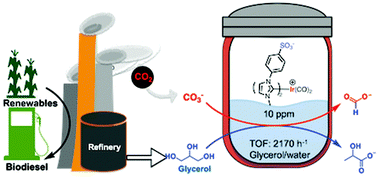
Advances in green chemistry over the past 25 years have improved sustainability in the development of new cosmetic and personal care products. Product formulators benefit from an expanding palette of “greener” natural and synthetic ingredients but need clear guidance on how to choose among options to optimize formula sustainability while also evaluating for performance. As greener can have a variety of meanings, for the purpose of this article, we define greener as being aligned with green chemistry principles. Here, we report the development of a quantitative green chemistry scoring methodology incorporating human health (HH), ecosystem health (ECO), and environmental (ENV) endpoints to specifically characterize cosmetic and personal care products. Using a hazard-based approach, a “Green Score” for cosmetic ingredients was calculated incorporating the HH, ECO, and ENV categories. Ingredient and chemical component data were obtained from manufacturers, open-source databases, or computer model estimates. There are 8 individual metrics: 3 each for HH (acute, ocular, and dermal toxicity) and ECO (bioaccumulation, persistence, and aquatic toxicity) and 2 for ENV (feedstock sourcing and greenhouse gas emissions). All metrics and data quality measures can be examined by formulators for individual endpoints, averaged by category, or further averaged to an overall Green Score. This scoring framework has been applied across ingredients and product formulations at The Estée Lauder Companies to establish Green Score baseline values, identify priority raw materials for replacement, and guide future innovation. Actual scores and statistical results are presented here at the ingredient, formula, and product subcategory levels to demonstrate the functionality of the tool as a measure of green chemistry performance.